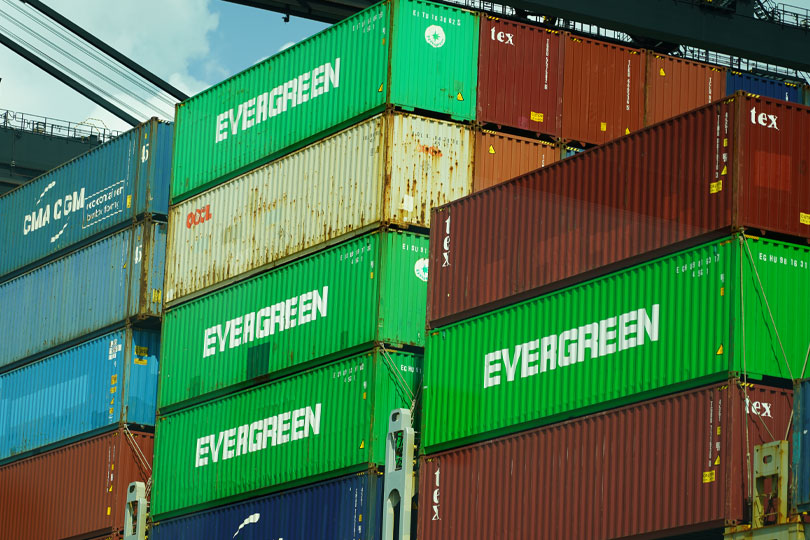By Julie Tomascik
Editor
The U.S. Department of Agriculture (USDA) announced plans to help ease port congestion and increase capacity at the Port of Oakland in Oakland, California.
The agency will fund 60% of the start-up costs of adding a new 25-acre container yard. USDA also will help cover additional movement logistics at $125 per container.
“This partnership with the Port of Oakland builds on our aggressive approach to addressing challenges within the supply chain and sends a strong signal that we are committed to working across the administration and with state, local and private partners to mitigate complex port capacity and congestion issues and to keep American agriculture on the move,” U.S. Secretary of Agriculture Tom Vilsack said.
Vilsack noted in a Monday event that the agency hopes to expand this opportunity to other ports along the coast.
“Supply chain issues are a big concern for farmers and ranchers, and we appreciate USDA’s actions to ease congestion at several ports. [This] announcement about increasing capacity at the Port of Oakland, our third largest port for containerized waterborne agricultural products, is welcome news,” AFBF President Zippy Duvall said. “It’s an important step to ensure America’s farmers and ranchers have a reliable path for exporting the rice, beef, pork, fruits, vegetables, almonds and many other agricultural goods grown in the United States.”
Bottlenecks at some of the busiest U.S. ports have delayed agricultural commodity exports. The Ocean Shipping Reform Act of 2021, first introduced in August 2021, aims to update federal regulations for the global shipping industry and stop foreign ocean carriers from “unreasonably” declining to ship U.S. agricultural commodities from U.S. ports.
“Further steps must be taken to prevent carriers from sending empty containers out of U.S. ports, such as the passage and signing of the Ocean Shipping Reform Act,” Duvall said. “Port congestion is one piece of a larger puzzle and AFBF will continue working with industry, federal agencies and Congress to untangle the complicated web of supply chain issues facing farmers and ranchers.”

